Belted Galloway Cattle
- January 25, 2024
- 0 comment
Belted Galloway cattle, affectionately known as “Belties,” are a remarkable breed cherished for their striking appearance and practical attributes. Originating in the rugged hills of southwestern Scotland in the 16th century, these cattle are instantly recognizable due to their black bodies with a distinctive wide white belt that encircles their midsection. Beyond their eye-catching appearance, Belted Galloways are celebrated for their robust build, making them well-suited for grazing in diverse terrains and enduring adverse weather conditions.

Their docile temperament and excellent mothering skills endear them to farmers and enthusiasts alike. Known for their high-quality beef, these cattle offer not only aesthetic charm but also a flavorful and tender meat that has earned them a special place in the world of agriculture. Whether you’re a seasoned farmer or an admirer of unique cattle breeds, Belted Galloways are an intriguing and valuable addition to any livestock operation.
| Characteristic | Description |
|---|---|
| Breed Origin | Scotland (Galloway region) |
| Coat Color | Black with a distinctive wide white belt |
| Average Lifespan | 15 to 20 years |
| Temperament | Docile and gentle |
| Reproduction | Regular breeding cycle, gestation period of 280 days |
| Grazing Habits | Excellent grazers, adaptability to different pastures |
| Habitat Preferences | Versatile, thrive in hilly and flat terrains |
| Primary Purpose | High-quality beef production |
| Winter Care | Shelter and supplemental feeding during cold weather |
| Conservation Contribution | Help maintain and restore natural habitats |
The Alluring Charm of Belted Galloway Cattle
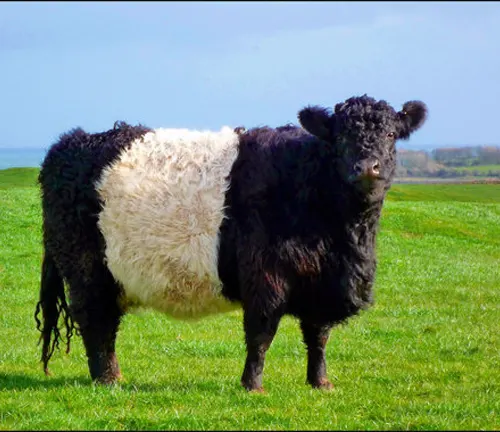
In the picturesque landscapes of rural farms and pastures, one can often come across a unique and captivating sight – Belted Galloway cattle. These distinctive cows, known for their striking appearance and amiable temperament, have been a favorite among farmers and livestock enthusiasts alike. In this article, we will delve into the fascinating world of Belted Galloway cattle, exploring their history, characteristics, and the reasons behind their growing popularity.
Origins and History
Belted Galloway cattle, often referred to as “Belties,” have their roots deeply embedded in the lush hills of Scotland. Their history dates back to the 16th century, where they were primarily bred in the Galloway region of southwestern Scotland. These cattle were developed to thrive in the rugged and challenging terrains of the area.
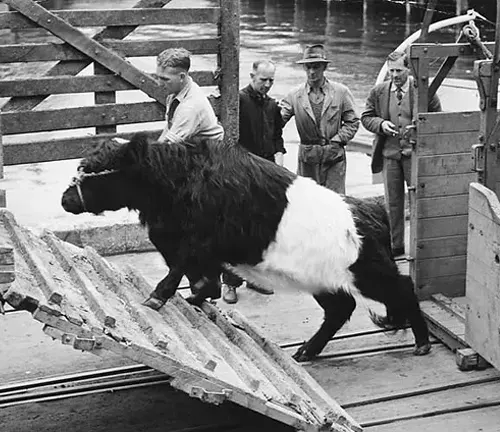
Unique Appearance
One cannot mistake a Belted Galloway for any other breed. They are characterized by their distinctive black and white coloration, which resembles a wide white belt encircling their midsection. This distinctive appearance has earned them the nickname “Oreo cows” among some enthusiasts.
Characteristics of Belted Galloway Cattle

Robust Build
Belted Galloways are well-known for their sturdy and robust build. Their strong legs and deep bodies make them well-suited for grazing in hilly and uneven terrains. Their ability to thrive in adverse weather conditions makes them a preferred choice for many farmers.
Excellent Grazers
These cattle are excellent grazers, efficiently utilizing available forage. Their adaptability to different types of pastures and forage sources makes them a cost-effective choice for livestock farmers.
Calm Temperament
One of the most endearing qualities of Belted Galloway cattle is their calm and gentle temperament. They are known to be docile and easy to handle, making them an ideal choice for both novice and experienced farmers.
Benefits of Raising Belted Galloway Cattle
High-Quality Meat
The meat produced by Belted Galloway cattle is renowned for its exceptional quality. It is lean, tender, and marbled with just the right amount of fat, resulting in flavorful beef that is highly sought after by chefs and consumers alike.
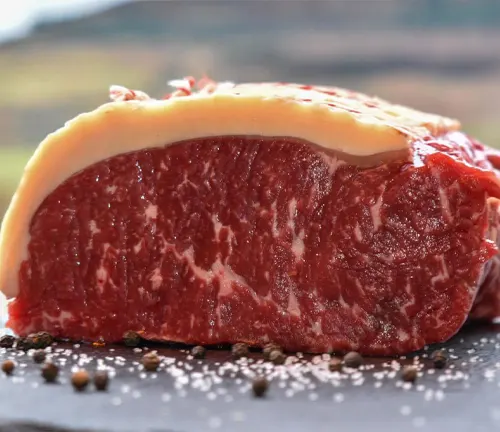
Low Maintenance
These cattle require minimal maintenance compared to some other breeds. Their hardiness and ability to thrive in less-than-ideal conditions reduce the need for extensive care and attention.
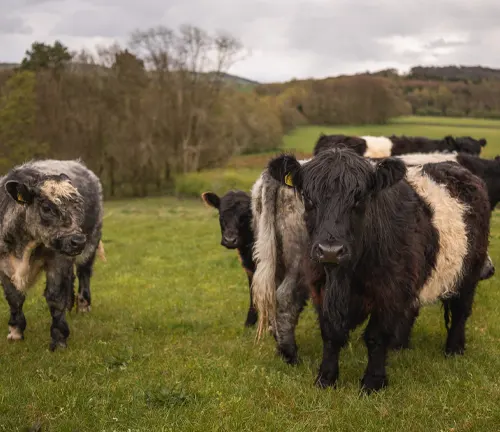
Conservation Efforts
Belted Galloway cattle also play a significant role in conservation efforts. Their grazing habits help maintain and restore natural habitats, making them valuable contributors to ecological sustainability.
Popularity and Future Prospects
Rising Demand
In recent years, the demand for Belted Galloway cattle has been steadily increasing. Their unique appearance, combined with their practical benefits, has attracted farmers and ranchers looking to diversify their livestock.
Crossbreeding
Crossbreeding Belted Galloways with other cattle breeds has become a popular practice. This allows farmers to capitalize on their desirable traits while introducing genetic diversity into their herds.
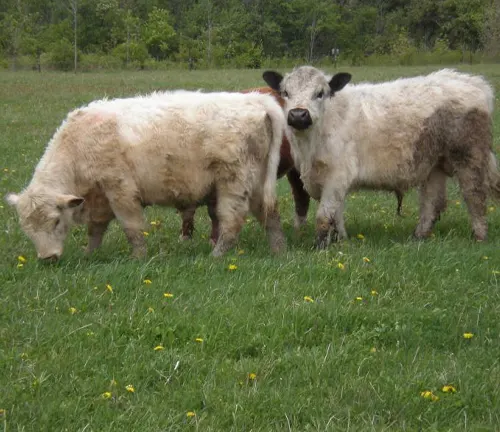
Unveiling the Enigmatic World of Belted Galloway
Belted Galloway cattle, often affectionately referred to as “Belties,” have carved a niche for themselves in the world of livestock due to their unique appearance and amiable disposition. However, their intriguing characteristics go far beyond their distinctive black and white belts. In this comprehensive article, we will delve into various aspects of Belted Galloway cattle, from their reproduction and behavior to their nesting/denning cover, habitat, and food habits.
Reproduction of Belted Galloway Cattle
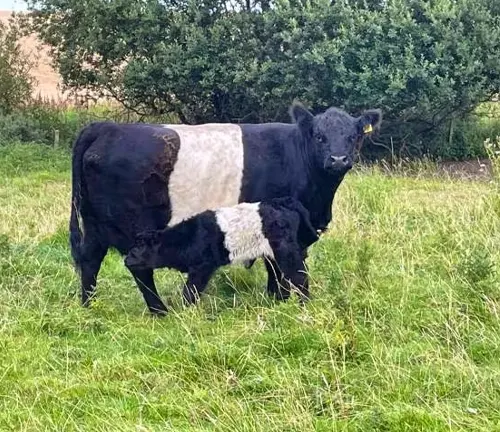
Breeding Cycles
Belted Galloway cows typically have a regular breeding cycle, with most reaching sexual maturity at around 15 to 18 months of age. The breeding season usually occurs during late spring or early summer, with a gestation period of approximately 280 days.
Calving
The calving process is a crucial aspect of reproduction. Belted Galloway cows are known for their excellent mothering skills. They often give birth to healthy calves, and their attentive nature ensures the well-being of their offspring.
Behavior Traits of Belted Galloways
Docility
One of the standout features of Belted Galloway cattle is their docile temperament. They are known for their calm and gentle behavior, making them easy to handle and suitable for various farming practices.
Grazing Patterns
Belties are exceptional grazers and tend to be highly efficient in their foraging habits. Their ability to thrive on different types of pastures makes them a preferred choice for farmers looking to maintain their grazing lands effectively.
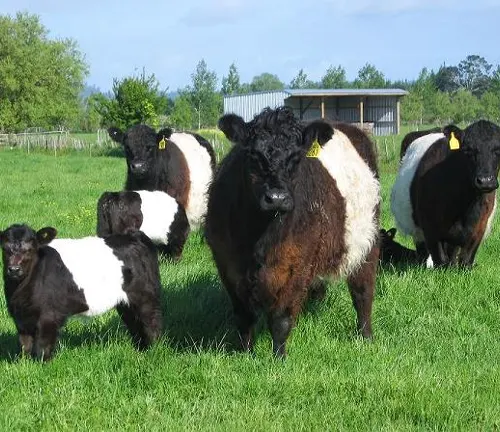
Nesting/Denning Cover for Belted Galloways
Natural Shelter
Belted Galloway cattle are well-equipped to handle various weather conditions. They often seek natural shelters like trees or hilly terrain to protect themselves from harsh elements.
Man-Made Shelter
Providing man-made shelter options, such as barns or sheds, can be beneficial, especially during extreme weather conditions. This ensures the comfort and well-being of the cattle.
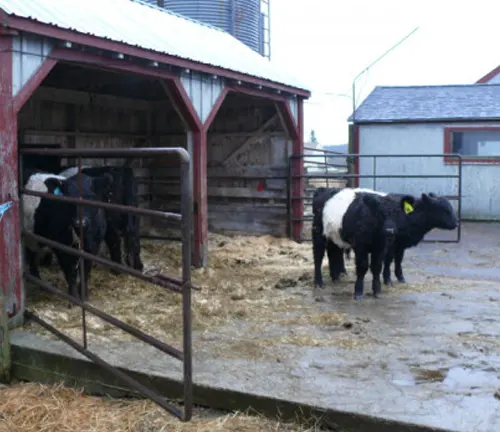
Habitat Preferences
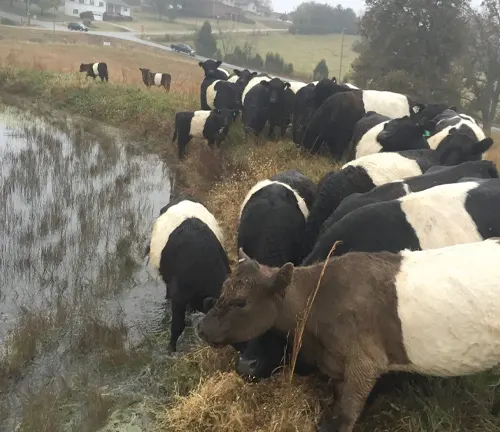
Versatile Habitat
Belted Galloways are known for their adaptability to different terrains. They thrive in both hilly regions and flat pastures, making them versatile for various farming environments.
Food Habits of Belted Galloway Cattle
Grazing Habits
These cattle are expert grazers, efficiently utilizing pasture and forage resources. Their ability to convert forage into high-quality meat makes them a cost-effective choice for livestock farmers.
Supplemental Feeding
While they excel at grazing, providing supplemental feed during periods of scarcity ensures that Belted Galloways maintain their robust health and ideal weight.
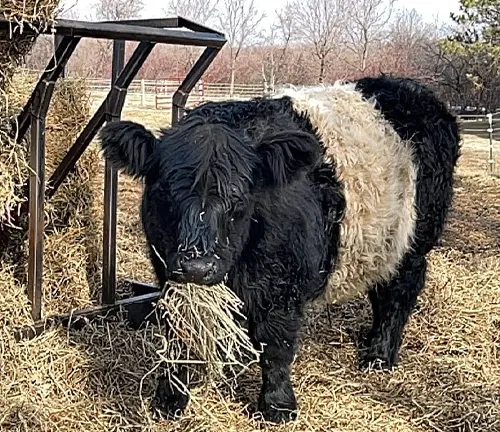
Different Species
Classic Belted Galloway
These are the most common and recognizable Belted Galloways, characterized by a solid black body with a white belt that encircles their midsection.
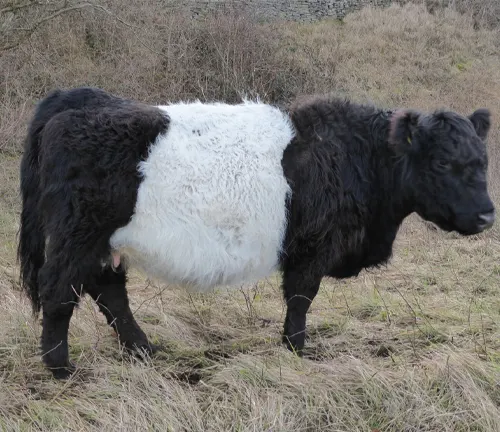

Red Belted Galloway
Some Belted Galloways may have a reddish-brown or chestnut-colored body instead of black, but they still retain the white belt.
Dun Belted Galloway
Similar to the red variation, dun Belted Galloways have a lighter, brownish-gray body color with the distinctive white belt.
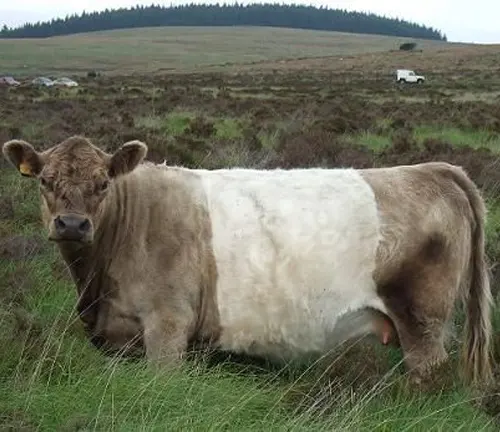
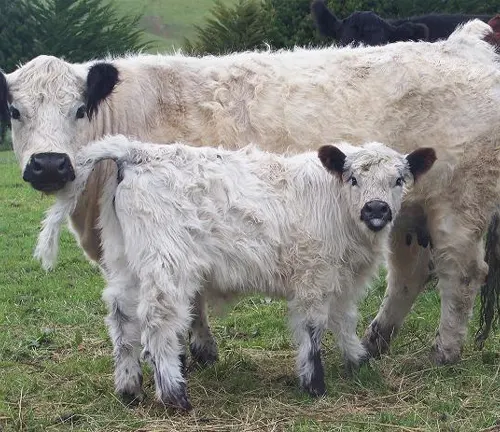
White Belted Galloway
In rare cases, Belted Galloways may have a white body with a black belt, but this variation is less common.
Frequently Asked Questions (FAQs)
- What are Belted Galloway cattle?
Belted Galloway cattle, often referred to as “Belties,” are a distinctive breed of cattle known for their unique appearance, characterized by a white belt encircling their midsection. - Where do Belted Galloway cattle originate from?
Belted Galloways have their roots in the Galloway region of southwestern Scotland, where they were first bred in the 16th century. - What is the purpose of raising Belted Galloway cattle?
Belted Galloways are primarily raised for their high-quality beef, which is renowned for its tenderness and marbling. - What is the average lifespan of Belted Galloway cattle?
Belted Galloways typically live for 15 to 20 years, given proper care and conditions. - Are Belted Galloway cattle suitable for beginners in livestock farming?
Yes, Belted Galloways’ calm temperament makes them an excellent choice for beginners in livestock farming. - Do Belted Galloway cattle require special care during winter months?
While they are hardy, providing shelter and extra feed during extreme cold can be beneficial. - Are Belted Galloway cattle used for dairy purposes as well?
While they are primarily known for beef production, some farmers do use them for dairy, though their milk yield is lower than dairy-specific breeds. - What is the gestation period for Belted Galloway cows?
The gestation period for Belted Galloway cows is approximately 280 days. - How do Belted Galloway cattle handle adverse weather conditions?
Belties often seek natural shelters like trees or hilly terrain during harsh weather to protect themselves. - What is the recommended feeding regimen for Belted Galloway cattle?
They are excellent grazers but may require supplemental feeding during periods of scarcity to maintain their health and ideal weight.


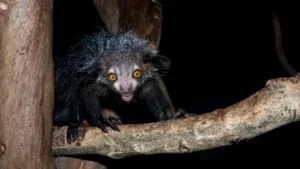
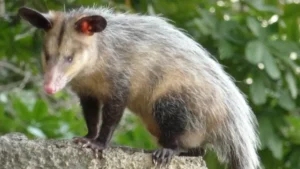
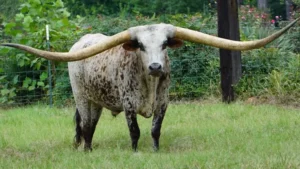


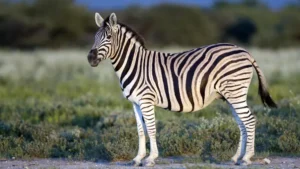


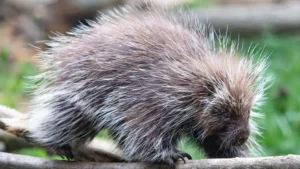
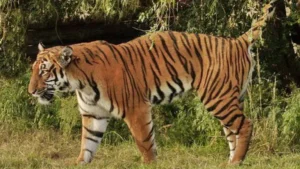
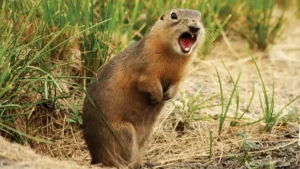

Leave your comment